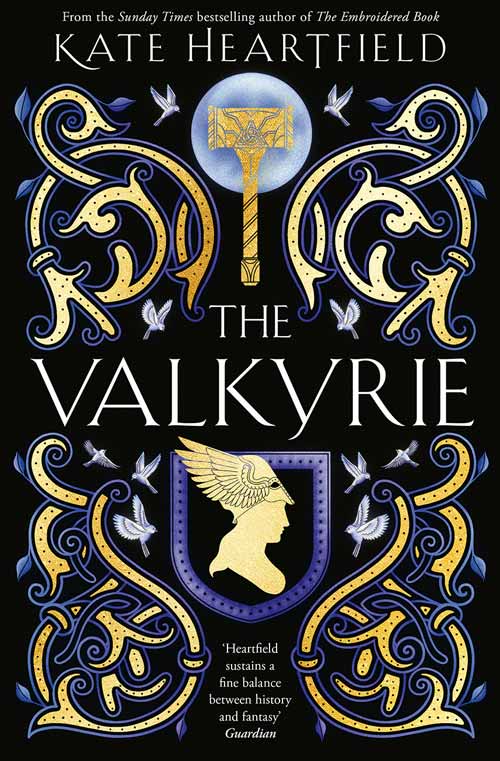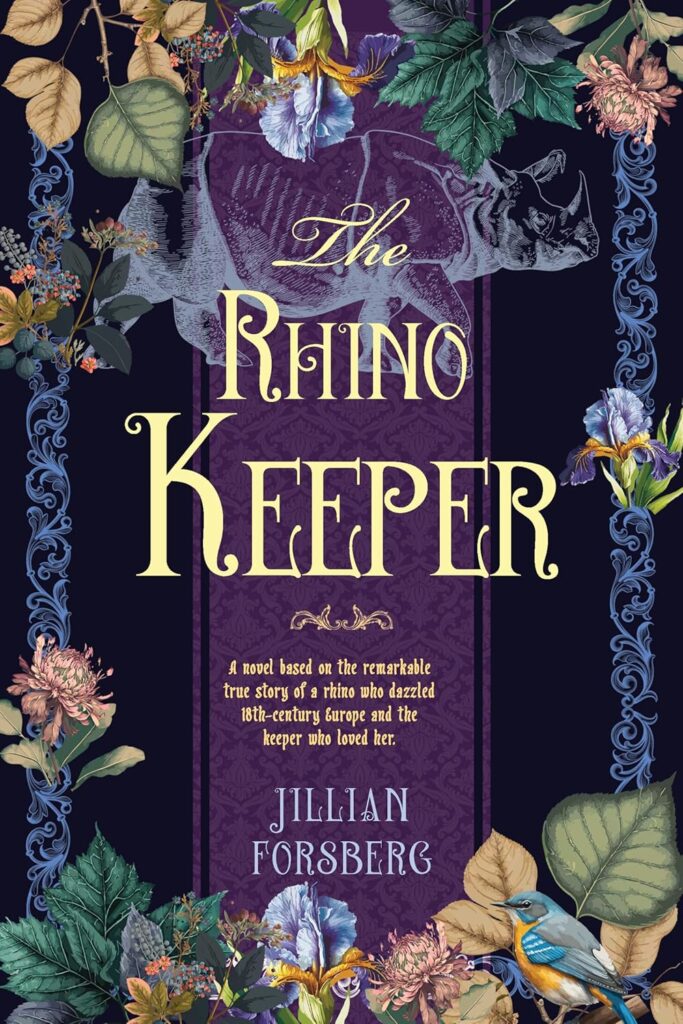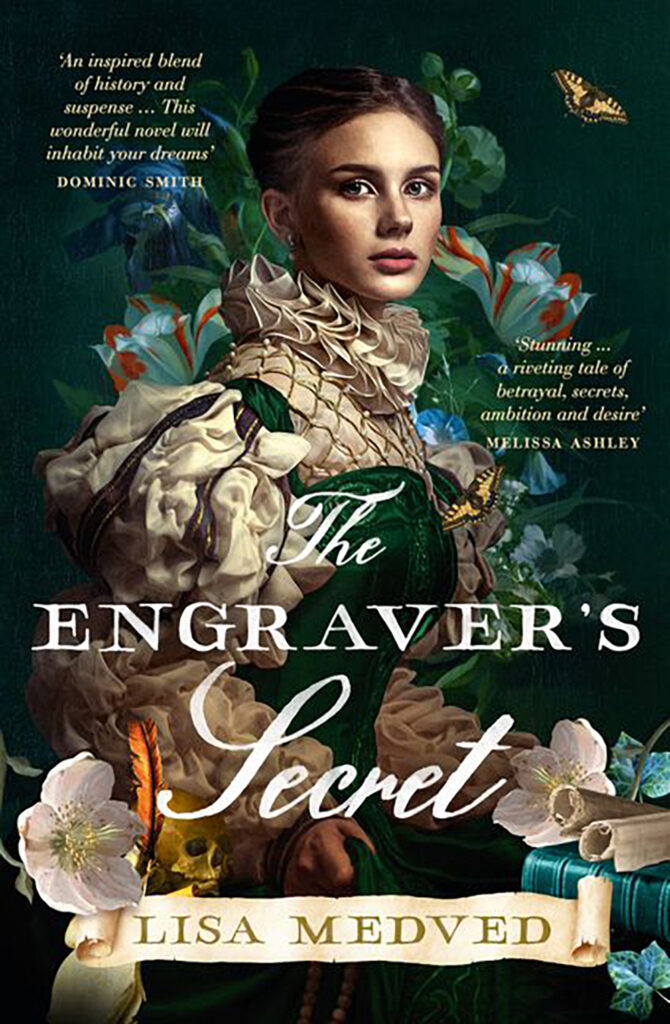Revealing the Past through Art: Picasso’s Lovers by Jeanne Mackin
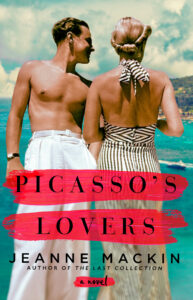 BY SHAUNA MCINTYRE
BY SHAUNA MCINTYRE
Pablo Picasso is best known for his Cubist paintings but he was in fact a diverse artist whose works began with paintings that followed the realism style to sculpture and even collage. Originally from Spain, he spent much of his life in France where he was also known for his many marriages and even more affairs.
Jeanne Mackin was drawn to write about Pablo Picasso for her most recent book, Picasso’s Lovers (Berkley, 2024), after including him as a secondary character in her previous book, The Beautiful American (Berkley, 2014), which was set in Paris in the 1920s. Mackin returned to that setting and era for this new novel because it presented such a fun array of social changes to navigate. “Who would not want to write about those years, the parties, the incredible leaps in art and thought, and underneath it all the secrets, the pain, the difficult adjustments.”
She was also very interested in writing about the life of Sara Murphy, a socialite from New York who moved to France with her husband and young children in search of freedom from a stifling upper-class upbringing. Sara Murphy and Picasso met when she and her husband, Gerald Murphy, a painter himself, become involved with painting the backdrops to a famed ballet production. “That begins the story of Picasso’s Lovers, that charged meeting between the artist who is just realizing great success, and the American socialite.”
Rather than focus directly on Picasso, Mackin exposes the man through the eyes of a few of his early lovers, including Sara Murphy and Irène Lagut. The two women were extremely different from one another, but both left a strong imprint on his life. While Sara Murphy was content to play the role of muse as long as she had his attentions and then return to her family, Irène Lagut took the bold position of being one of the few to leave him. “Irene was also an artist and I suspect she felt that living with a man whose talent and ego were as great as Picasso’s would leave little room for her own work. That intrigued me, that a woman left Picasso, not vice versa.” Lagut was a woman who wanted more from life and that allowed Mackin to focus on the challenges of being a woman in a profession dominated by men. “I wanted to write about the professional difficulties women faced in both timelines and Irene was a key to that story, the woman who wanted her own career, not to be merely a helpmeet to a man.”
The story also shifts forward in time to 1953, giving voice to Alana, a young woman who is grieving the loss of her mother and trying to build a career in the male-centric art journalism world. When she is given the seemingly impossible task of writing something new about Pablo Picasso, she sets out to find him through a surprise connection with a woman her mother knew. As she unravels a story of Picasso that also reveals more details about her mother’s mysterious early life, we learn more about the charismatic pull of a man who sees the world through a lens of art.
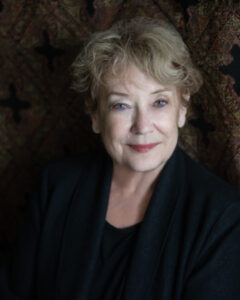
author photo by Jamie Love Photography
Mackin explains, “Just as Irene is a key for woman’s ambition, Picasso becomes a key for the way art can both hide and reveal the past, and ourselves.” While the story focuses on his relationships with numerous women over the years, Mackin still used his art to provide insight into his character. “Picasso’s art, the range and huge body of it, has always fascinated me.” Despite Picasso’s complicated nature and reputation with women, Mackin believes many people are missing something if they do not dig past his cubist work. “He was both timeless, and an artist of his times…. And, he changed when the times required change.”
She notes that while he stayed away from sentimentality, he did have periods of time that were more emotional. “They should look at his neoclassical period from the 1920s, those rich, voluptuous, beautifully colored paintings of women and often women with children. He painted them when his first child had been born, and they are a celebration of femininity. They are such a transition from those often harsh and cruel lines of cubism that I realized the birth of his children affected him greatly. He was not cold and unloving. He was the type of father who would get on his hands and knees to play with his children, and that is reflected in much of the art.”
Picasso may be the thread that pulled the women in the story together, but it is really their lives and how they connect to each other that makes this story shine.
About the contributor: Shauna McIntyre is a writer and editor of historical fiction, currently working on a series focused on female prairie homesteaders. She reviews books and writes online feature articles for the HNS. Find out more on her website.

